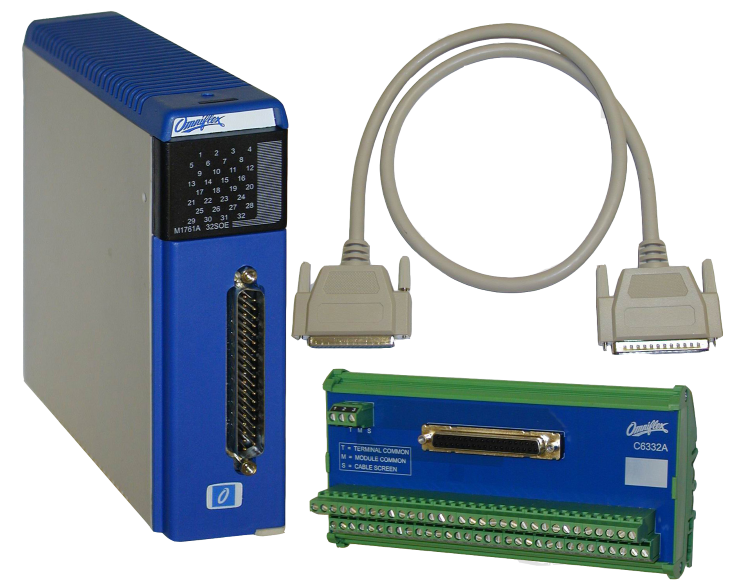~ Sequence of events monitors pinpoint root cause of problems ~
Sequence of events recorders (SER) or sequence of event monitors (SOE) play a significant role in monitoring and maintaining critical infrastructure; by logging alarms and events in real-time, and in chronological order, to provide visibility to users and help identify the root cause of problems that may occur. Here, Gary Bradshaw, director at remote monitoring equipment specialist Omniflex, outlines the applicable industries and reasons for use.
The early SER products would provide 1 millisecond time stamps of the alarm and events it was monitoring, and the results would have been printed via an inbuilt printer so that the alarm or events list could be printed on paper for analysis. The logging of alarms and events has since progressed with Sequence of Event (SOE) monitoring being done to sub 1 millisecond time stamps and the results being logged to a local or remote SCADA or distributed control system (DCS). These systems are applicable to all critical infrastructure industries including oil and gas, nuclear, energy and utilities, manufacturing, data centres, and healthcare.
All of these critical industries could have situations where one alarm or event could trigger a series or avalanche of others extremely quickly afterwards. The need for such technology is so users can very quickly identify the possible cause of the problem which would usually be the first alarm and not the subsequent ones, helping to diagnose any issues in a timely manner.
SOE provides better forensics to users and the ability to properly audit data afterwards. By addressing the main cause, this not only prevents catastrophic failures associated with hazardous industries, but provides ability to pinpoint a problem at the earliest stage. This allows repairs and preventative maintenance to be conducted before any major damage occurs as well as reducing troubleshooting and downtime, improving safety and providing major savings. This is especially useful for any operation that requires power distribution management – such as national infrastructure projects like the National Grid or data centres.
Omniflex has been a world leader is supplying SER and SOE systems and the
Maxiflex 32SOE Digital Input Module provides a timestamp within 200 microseconds of the alarm event happening which is far quicker than the older SER systems. This allows for much better accuracy in locating the first alarm if multiple alarm events occur in quick succession.

The Maxiflex 32SOE is a very intelligent module equipped with a spike filter to prevent noise from generating false alarm events on the input, and a debounce filter for inputs that have contact bounce problems. Using multiple 32SOE modules can allow SOE systems to be constructed with up to 480 Time-Stamped inputs per node with no limit on the number of nodes, providing very large distributed systems. The multiple nodes can all be GPS time synchronised for the larger distributed systems like the ones Omniflex has provided on offshore Gas platforms in the North Sea, where over 3,500 distributed alarms and events associated with the generators and compressors were all individually monitored in the local SCADA system and all timestamped to 200 microseconds resolution.
For assistance in enhancing your remote monitoring of critical infrastructure, to help prevent downtime and catastrophic events, and to find out more about how the Maxiflex 32SOE can protect your facility, visit the Omniflex website.







